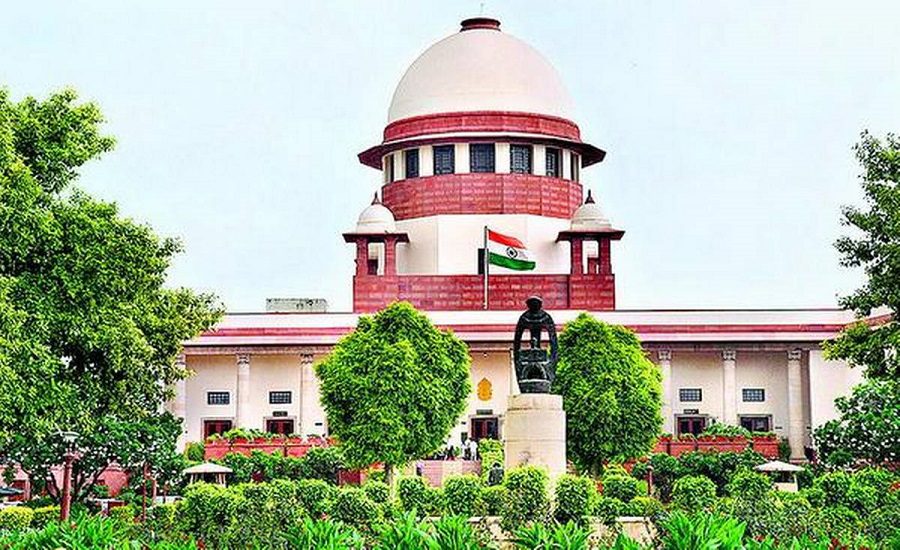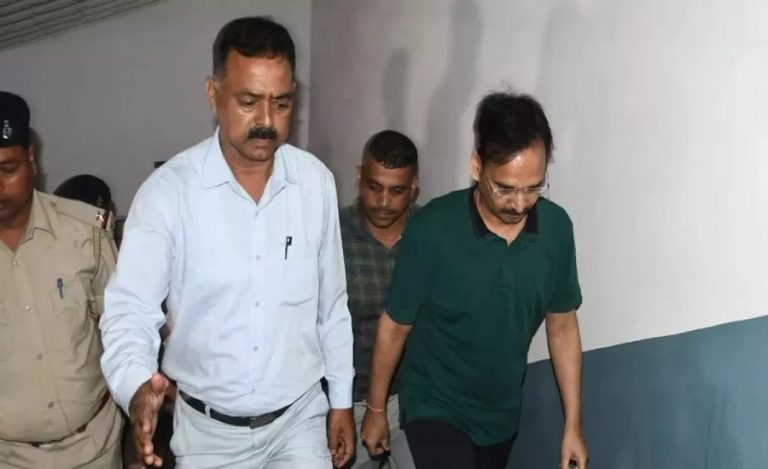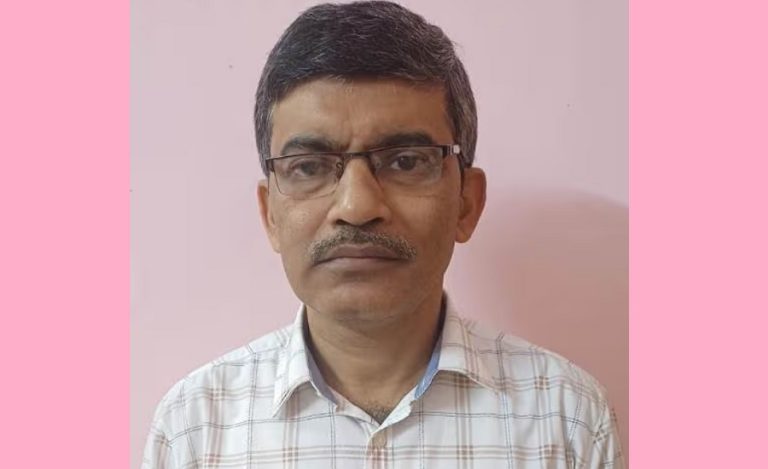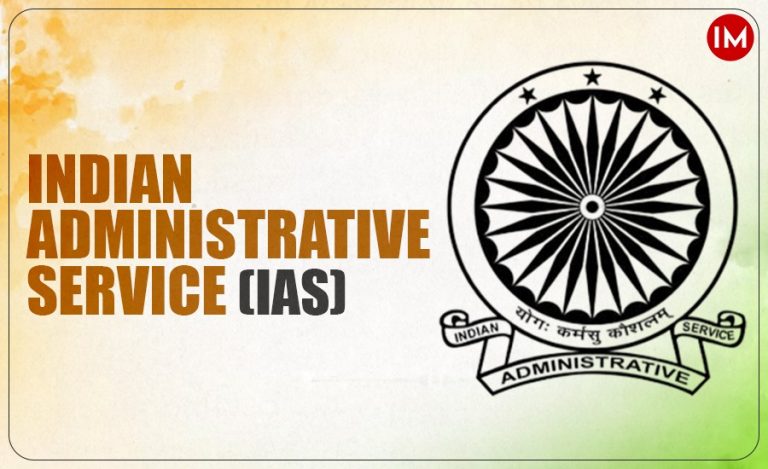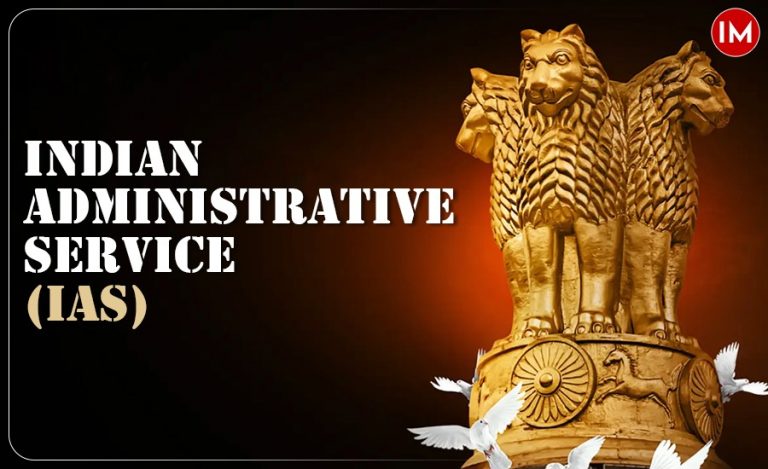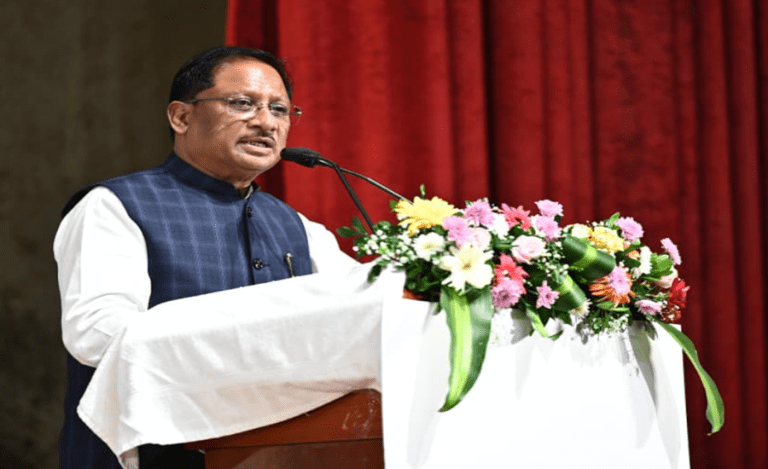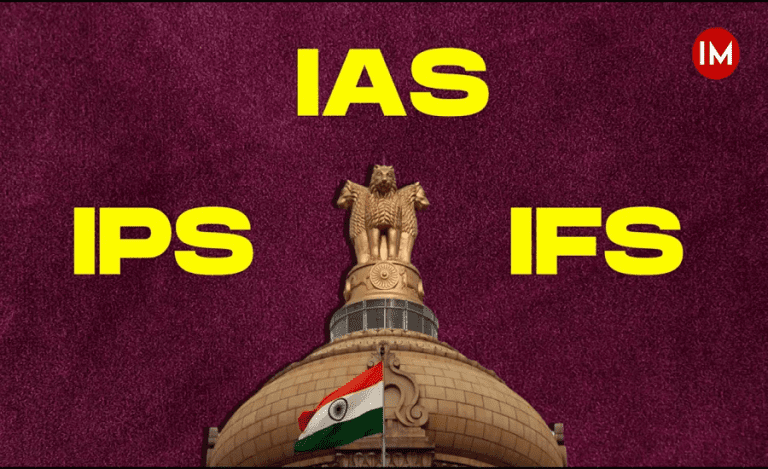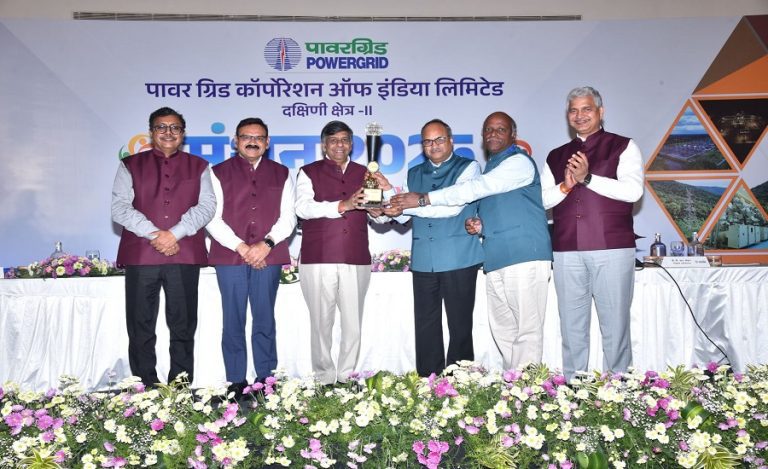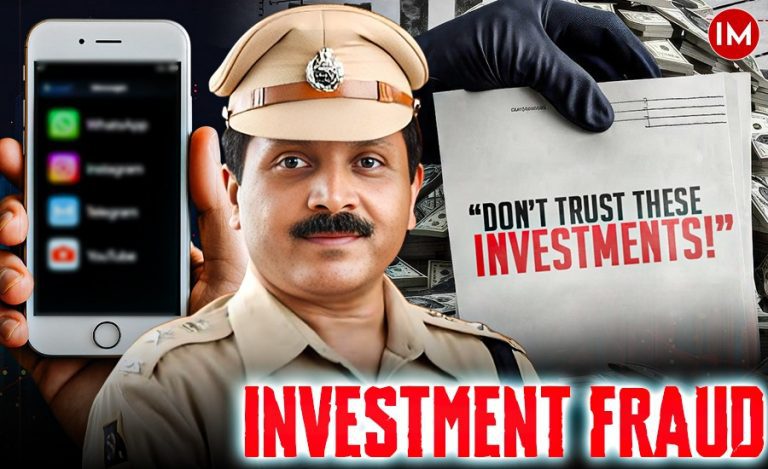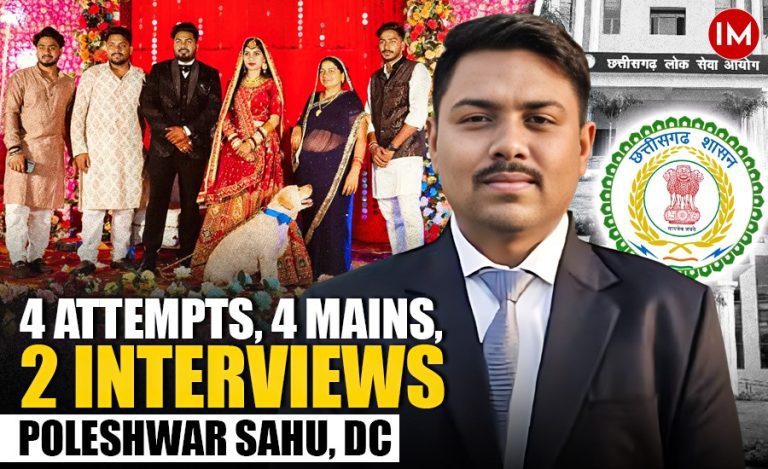New Delhi: On 6 October 2025, during proceedings before Chief Justice of India Bhushan Ramkrishna Gavai and another Judge, advocate Rakesh Kishore (aged 71) allegedly removed his shoe and attempted to hurl it at the CJI. The act occurred in court number 1 of the Supreme Court and triggered immediate security intervention.
The incident followed criticism of the CJI’s remarks in a petition concerning the restoration of a damaged Lord Vishnu idol. The comment—“Go and ask the deity itself to do something”—stirred a backlash among some petitioners and triggered the lawyer’s dramatic act.
CJI Gavai Shoe-Throwing Incident: Court’s Response & Decision
In the aftermath, the Bar Council of India swiftly suspended Kishore’s licence for practising law, calling his act “inconsistent with the dignity” of the profession.
The Supreme Court Bar Association (SCBA) also sought that the matter be listed for contempt action and that social media content glorifying the act be restrained.
Read Also: SC Flags ‘Fake Arrest’ Cyber Fraud Surge, Calls CBI for Unified Investigation
However, on 16 October 2025, a Bench of Justices Surya Kant and Joymalya Bagchi noted that the CJI himself had treated the matter as over and urged that the incident be allowed to “die a natural death” rather than be kept alive by further legal proceedings or social-media amplification.
The Court expressed concern that listing the contempt petition would inadvertently amplify publicity-seeking, redirecting focus from pressing matters before the Court.
Thus the Supreme Court decided not to initiate contempt proceedings against Advocate Rakesh Kishore at this stage.
CJI Gavai Shoe-Throwing Incident: Key Implications
The decision signals that the judiciary prefers to prioritise preventive measures (like courtroom security, bar-bench discipline, and social-media regulation) over purely punitive contempt proceedings when an institution’s dignity is at stake.
The Bench’s remarks reflect concern about the “glorification” of extreme acts on social media and their potential to erode public confidence in the judiciary.
The legal profession faces scrutiny: the swift suspension of Kishore’s licence underscores that courts and regulatory bodies are unwilling to tolerate behaviour that undermines court decorum.
The incident may prompt stronger security protocols in courtrooms nationwide and review of how social-media trends intersect with judicial events.
From a constitutional standpoint, the judiciary reaffirmed that freedom of speech and expression is not absolute, particularly when it threatens institutional integrity.
Who is Chief Justice Bhushan Ramkrishna Gavai
Full Name: Bhushan Ramkrishna Gavai
Born: 24 November 1960, Amravati, Maharashtra.
Education & Early Career: He studied commerce and law at Nagpur University and joined the Bar on 16 March 1985.
Judicial Career: Elevated to Additional Judge of the Bombay High Court on 14 November 2003; permanent judge from 12 November 2005.
→ Appointed Judge of the Supreme Court of India on 24 May 2019.
→ Sworn in as the 52nd Chief Justice of India on 14 May 2025.
Notable Aspects: He is the first Buddhist and only the second person from the Scheduled Caste community to become CJI.
Judicial Approach: Known for his grounding in constitutional and administrative law, he has authored judgments emphasising equality and social justice.
Why was he Involved in the Current Incident: His comments in the idol-restoration case sparked the shoe-throwing attempt; however, he maintained composure and urged ignoring the act.
Who is Advocate Rakesh Kishore
Name: Rakesh Kishore
Age: 71 years old at time of incident.
Incident Details: On 6 Oct 2025, he removed his shoe during a hearing in the Supreme Court and attempted to throw it at the CJI. He reportedly shouted slogans referring to “Sanatan Dharma” while security intervened.
Aftermath: The Bar Council of India suspended his licence immediately for the act. He remains defiant, stating he has “no regret” and considered his act a response to the CJI’s earlier remarks.
What Happens Next?
- The Supreme Court may still revisit the incident via preventive reforms to make sure to improve security at court premises, tighter bar disciplinary oversight, and monitoring of social-media content relating to judicial misconduct.
- Legal bodies may issue guidelines for handling incidents of courtroom disrespect or protests by lawyers, and the Bar Council may finalise its disciplinary action against Rakesh Kishore.
The incident raises larger questions about the interplay between religious sensitivities, court proceedings, and public reaction — and how the judiciary navigates such flashpoints without compromising institutional dignity.
Why This Matters for the Public & Legal Sector
For citizens: The integrity of the highest court is a cornerstone of trust in rule of law. An attempt to assault the CJI, even symbolically, touches that foundation.
For lawyers & courts: The incident serves as a grave warning that bar members must adhere to decorum and institutions must ensure safe spaces for justice.
For social-media regulators and legal communicators: The Supreme Court’s concern about “glorification” reflects growing anxiety about how viral behaviour can damage institutional reputation and public confidence.
For the judiciary: The decision to not press immediate contempt action reveals a strategic choice: emphasise resilience, move on, and avoid giving undue platform to sensational acts — while still addressing root issues.

